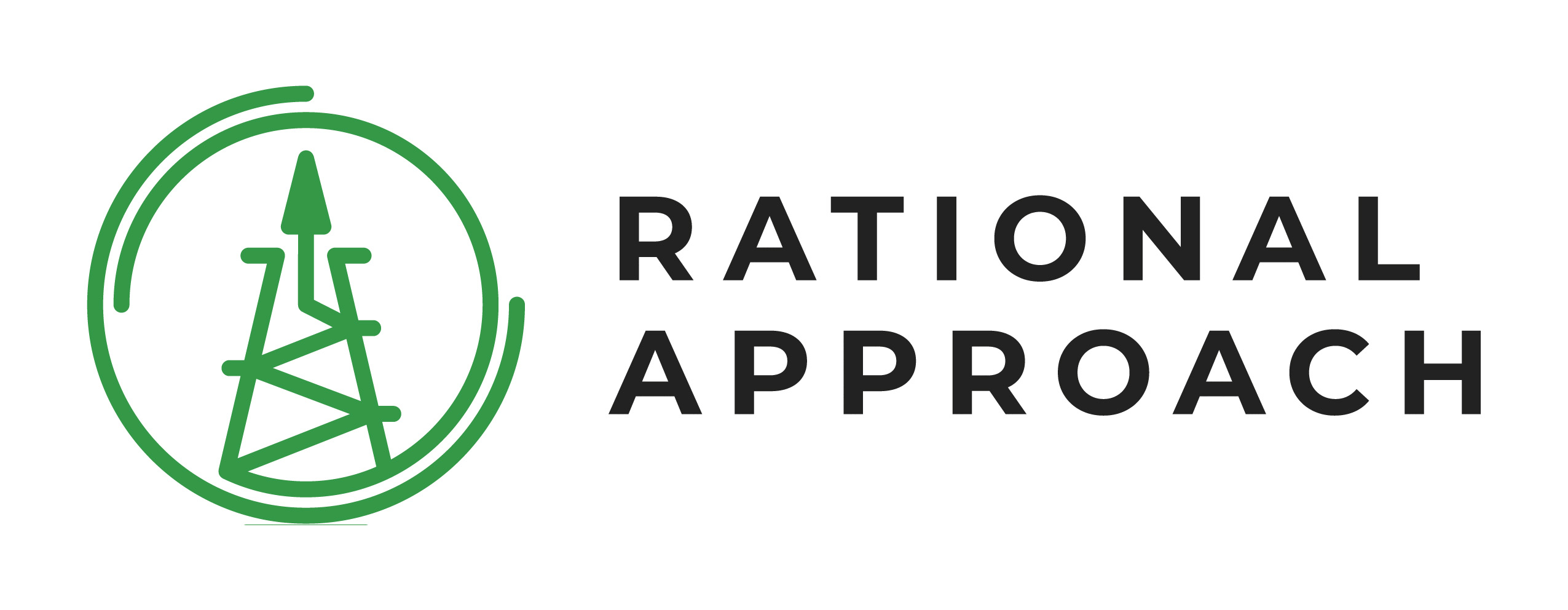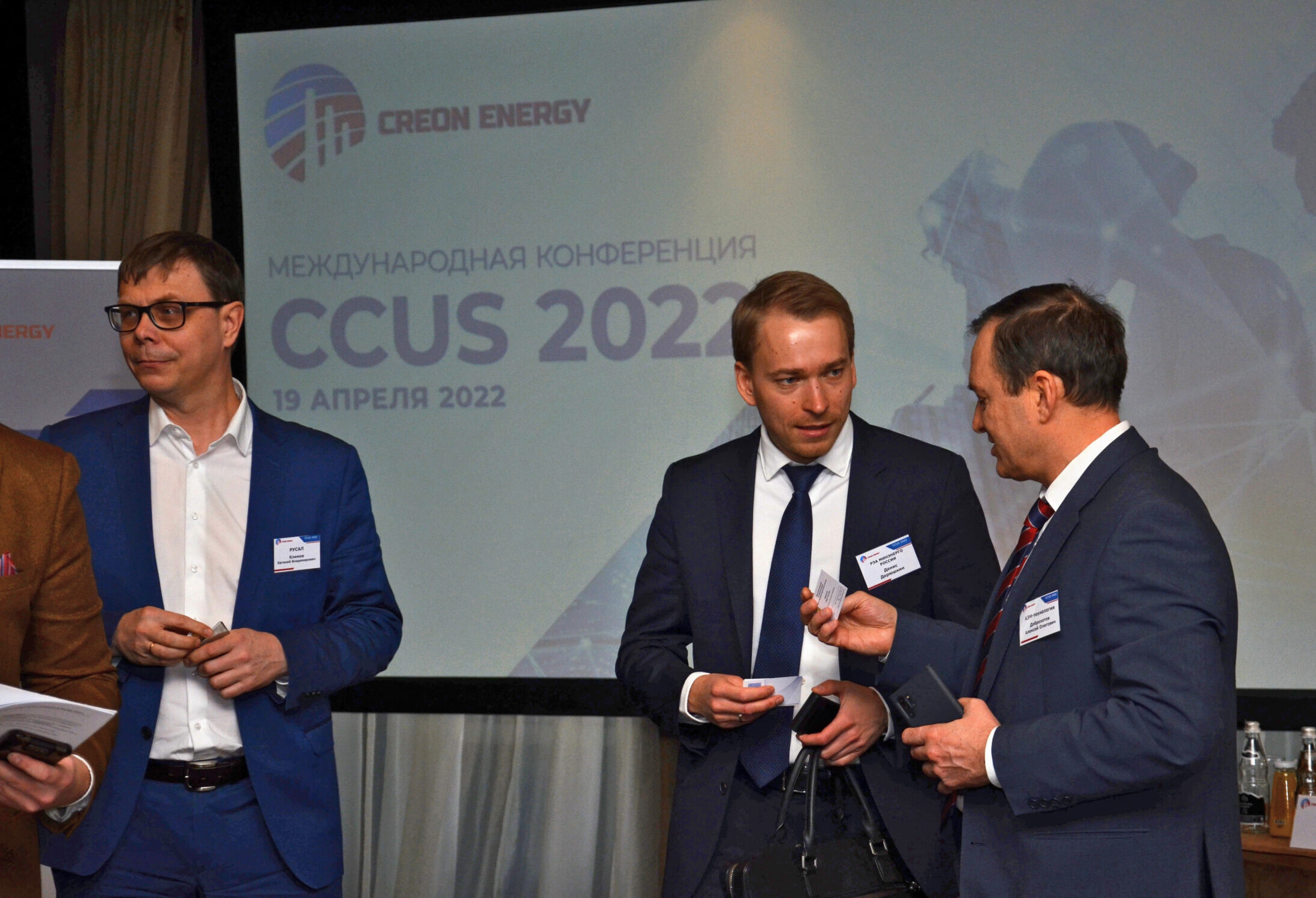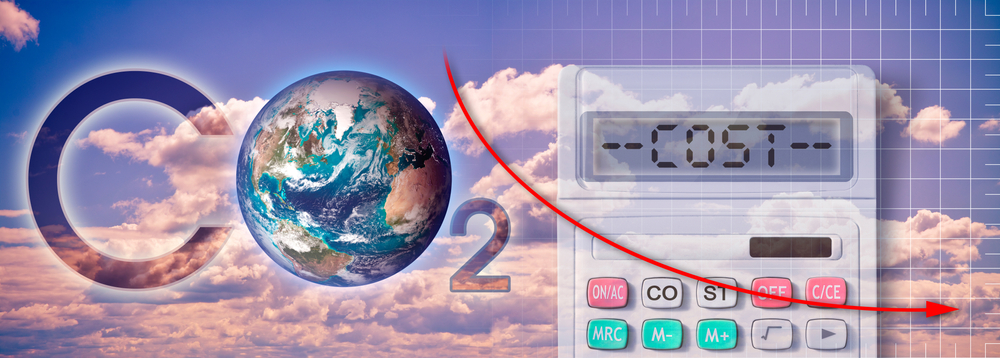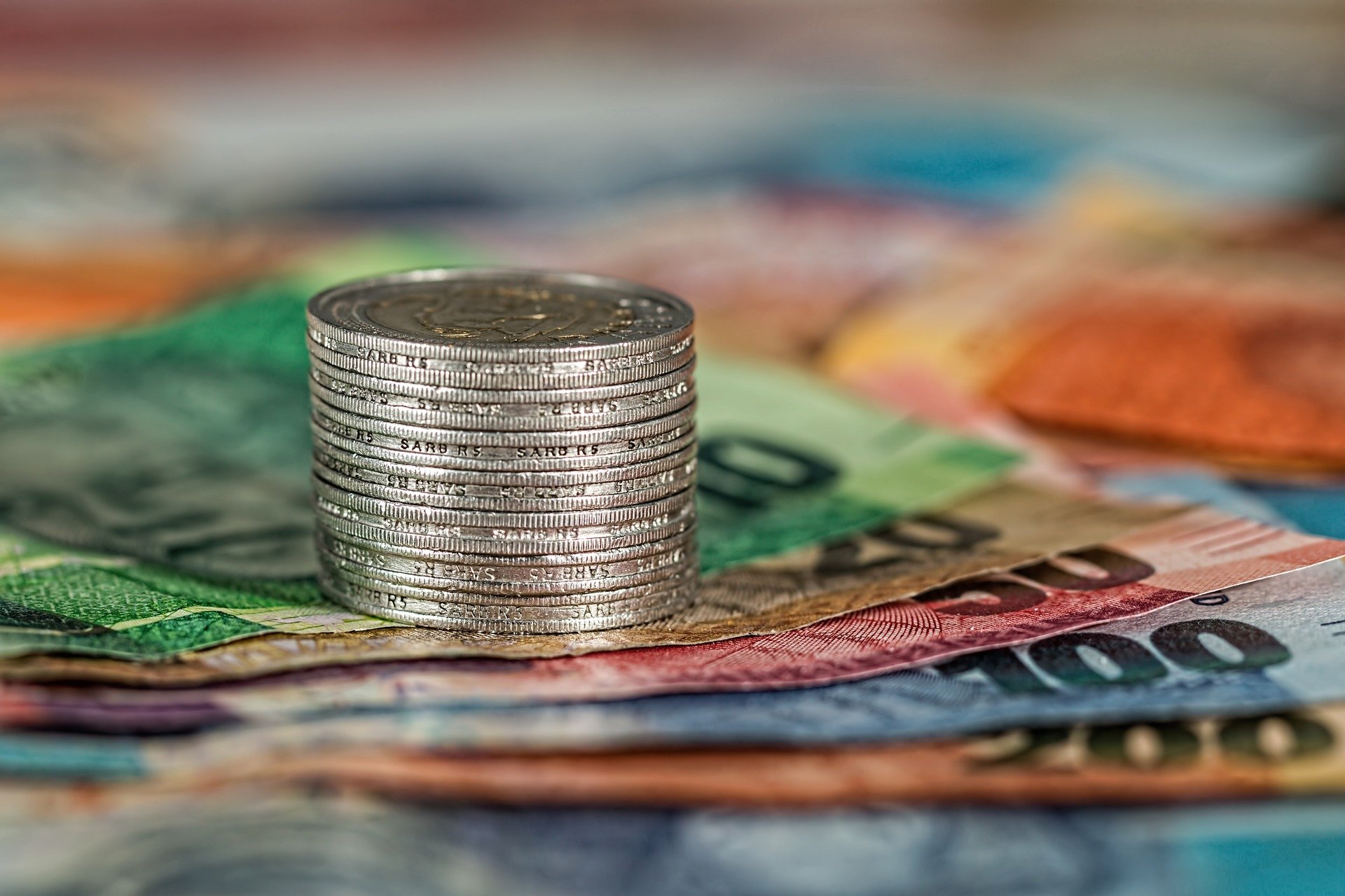To stay in the top of the Environmental transparency rating run by CREON Group and WWF Russia, the oil and gas companies in Eurasia have to constantly improve the availability of environmental data in public, – otherwise, they may be outperformed by the competitors, says Dr. Fares Kilzie, Chairman of the Board of the CREON Group.
Source: Russian International Affairs Council (RIAC)
The outgoing year 2020, marked by the COVID-19 pandemic, has become an important milestone in the transition of European countries to a low-carbon economy. The collapsing demand for oil and gas, coupled with a sharp increase in generation from renewables, suggests a taste of tomorrow where reduction in the ecological footprint determines economic competitiveness. The same applies to Russia, Kazakhstan and Azerbaijan, the largest suppliers of hydrocarbons to Europe among the countries of the former USSR.
Energy transition trigger
To support regional exporters of hydrocarbon feedstock at the beginning of the energy transition, CREON Group, together with the World Wildlife Fund (WWF-Russia), initiated in 2014 the Environmental Transparency Rating of Oil and Gas Companies. Its geography gradually expanded: initially it covered only Russian producers of oil and gas condensate, but by 2017 the rating methodology was applied to Kazakh companies, and then to companies from Azerbaijan two years later.
Leaving unrated those producers that do not meet minimum production levels (2 million tons of oil and gas condensate per year in Russia, 0.5 million tons and 0.1 million tons in Kazakhstan and Azerbaijan, respectively), the rating ranks the companies by three groups of criteria: environmental management (to what extent the world’s best environmental practices are embedded in corporate processes), environmental impact (whether the negative environmental footprint exceeds the industry average), and transparency (how accessible is the environmental data of companies). For each of the criteria, a score is given from 0 to 2, and then the arithmetic mean is calculated, which serves as the final score.
New achievers
Since the rating methodology remains almost unchanged, one can compare year-to-year results and notice dominant trends. Among the trends of 2020 is that competition has become fierce: the loss of a point share by one or two criteria can lead to a loss of positions in the ranking.
This is what happened to the operators of Sakhalin projects that were invariably present in the top three for a long time: over the past year, the final score of Sakhalin Energy decreased only by 0.08, and that of Exxon NL – by 0.05. But as a result, these companies dropped from first position to fourth and from third to fifth, respectively. The rating is now headed by Zarubezhneft, which has added one and a half points in the group of criteria “Environmental Impact”. Progress in all three groups of parameters was achieved by Surgutneftegaz, which moved from sixth to second place, and also Lukoil, which moved up one line and eventually closed the top three.
In the middle of the rating, the changes were also caused by the difference in the progress rate. This is the case with Tatneft (6th) and Salym Petroleum (7th) which exchanged their positions by improving the final score by 0.19 and 0.06, respectively, and also with a switch between Novatek (+0.21 points) and CPC (+0.14 points), ranked 12th and 13th. The biggest progress was achieved by Gazprom, which added 0.31 points, raising it from tenth to eighth place, and leaving Rosneft (+0.15 points) and Gazprom Neft (+0.23 points) behind.
Thus, even to maintain the earlier achieved positions, the companies have to demonstrate an ever higher level of disclosure of information. Conversely, the lack of significant progress inevitably leads to the conservation of low ratings: among the five companies at the very bottom, only Neftisa slightly increased the aggregate score (+0.05), while Transneft, Slavneft, NNK and Russneft even reduced it.
On the crest of the trend
However, despite several companies having difficulties, the average transparency level inside the industry continues to grow. In the inaugural rating seven years ago, Russian companies reached a final score of 0.8 in the average. In 2020, the mean score is 1.2. The companies are already accustomed to providing additional information in response to requests from the rating organizers at the stage of primary data processing. Quantitative criteria of environmental impact are becoming more and more representative, be it specific emissions of pollutants or the proportion of utilized and neutralized waste.
The lively contact established with the oil companies should facilitate the monitoring of accidents and environmental conflicts, which the rating organizers have been conducting since 2019: at the end of that year, eight out of fifteen companies that faced such situations provided WWF-Russia with feedback. At the same time, the environmental agenda is becoming a key trend for regulators, both at the federal level (it is no coincidence that Russia’s new Strategy for the Economic Development of the Arctic sets out the priorities for replacing oil fuels with LNG and renewable energy sources), and at the regional level (for example, the announcement of the Sakhalin government to elaborate a climate neutrality plan).
Therefore, the day when the environment care turns from ecologists’ headache into a driver of business profitability is really not far off. Today, the progress in ensuring environmental safety has allowed Russian companies to come close to the eco-standards of international oil and gas majors. And thus, the foundation for an equal dialogue about the challenges and opportunities that the energy transition brings has been laid. The Environmental Transparency Rating of Eurasian oil and gas companies, conducted in partnership with the European Union and the UN Environment Program, can become a platform for such a dialogue. It is for the companies to act further.






